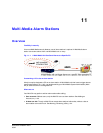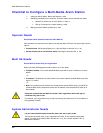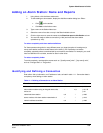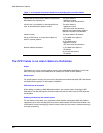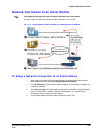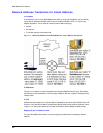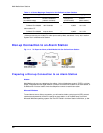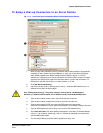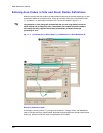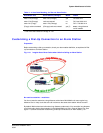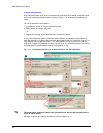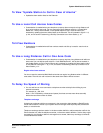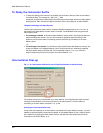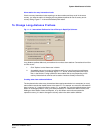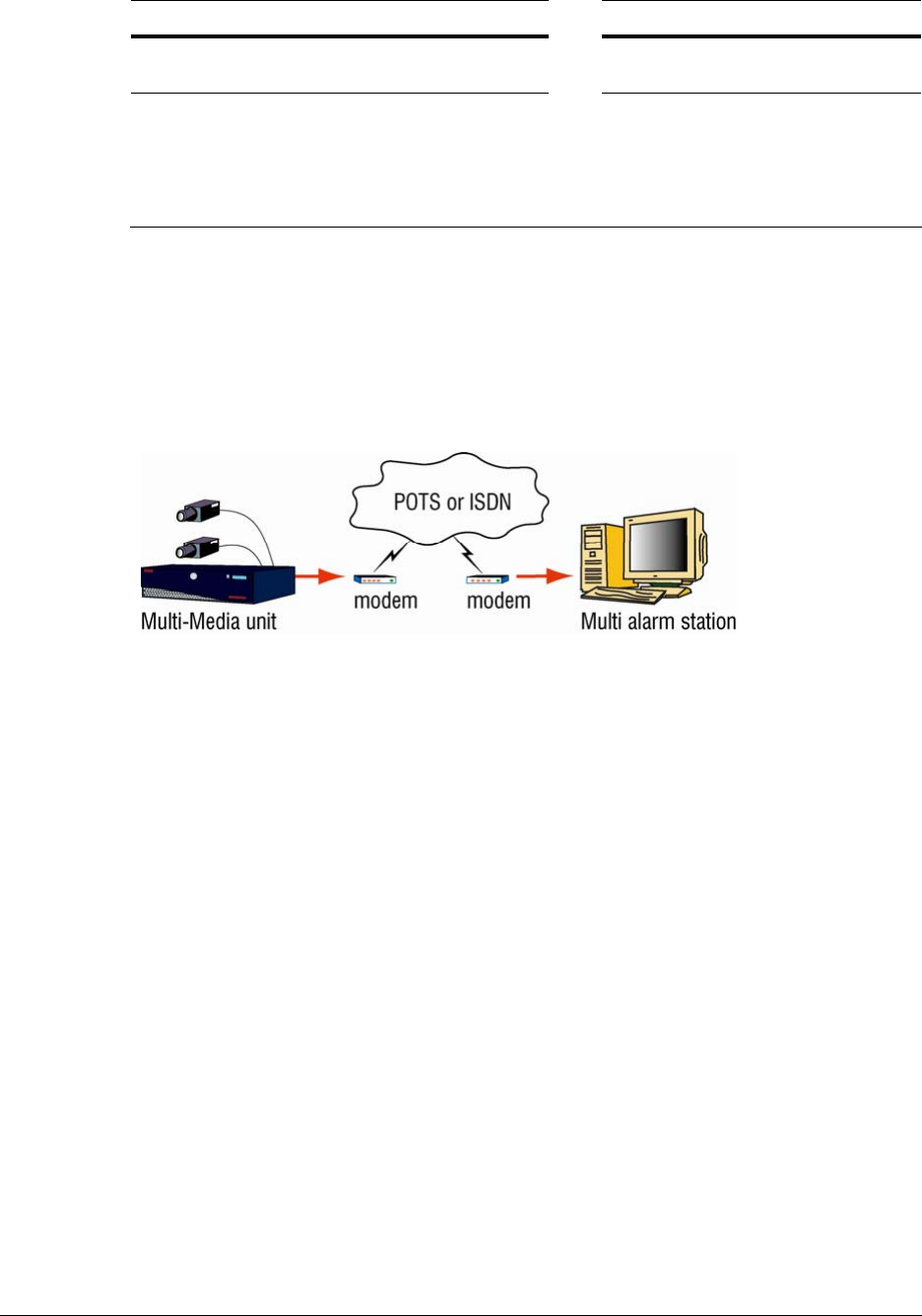
Multi-Media Alarm Stations
208
Table 11–3 Router Mappings: Example for Unit Callback to Alarm Stations
Admin setting to: destination Network device: mappings
NAT Port
(to network router)
Router’s Outside IP
(network constant)
Physical Port
(unit & firewall)
Inside IP
(alarm station)
alarm station “C”
Callback Port: 56,080 164.178.32.59 > 10,003* 10.1.0.78
alarm station “D”
Callback Port: 56,090 map as above > 10,003* 10.1.0.79
* Alarms are sent to port 10,003. For other ports used by Multi, see table 3–7 on p. 49, in section
System Tab in a Maintenance Session.
Dial-up Connection to an Alarm Station
Fig. 11–5. To Report an Alarm, a Multi-Media Unit Can Call an Alarm Station.
Preparing a Dial-up Connection to an Alarm Station
Modem
Multi-Media units can use a telephone line, either: “plain old telephone system” (POTS), or higher
speed “integrated services digital network” (ISDN) to connect to the modem of an alarm station, or
its RAS server. You also need to know the telephone number to reach that modem.
Microsoft Windows
To send alarms over a dial-up connection, you will need to obtain a point-to-point (PPP) protocol
username and password, for the PC used as an alarm station, or for its RAS server, from their
Microsoft Windows operating system. See
The PPP Fields in an Alarm Station’s Definition, p. 204.




